�
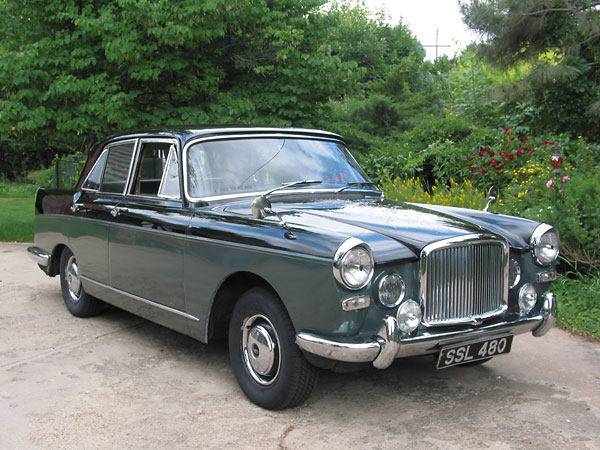
�
John Crosse's Nissan-Powered 1961 Vanden Plas (Austin) Princess
� as published in BritishV8 Magazine, Volume XVI Issue 2, October 2008�� Owner: John Crosse
� BritishV8 UserID: Myster John
� � City: Boulder, CO
� Model: 1961 Vanden Plas (Austin) Princess 3 Litre MkII
� Engine: 1980 Nissan 280ZX 2.8L inline six
� Conversion by: Motorway Ltd., Ft Collins CO�
Background Information
��
Guillaume Van den Plas was an apprentice blacksmith in Brussels Belgium who inherited �
his uncle's workshop in 1870 and went into business making axles for horse-drawn �
carriages. Successful at this work, in 1884 Mr. Van den Plas moved to Antwerp and �
started producing complete carriages. By the early 1900's the company was actively �
building bodies for installation on Daimler, de Dion Bouton, and Germain chassis.�
�
In 1913, a Westminster England company called "Theo Masui Ltd." began building Van den Plas �
designed bodies under license, using components imported from Belgium. Theo Masui changed �
their company name to "Vanden Plas (England) Ltd.", just in time for their business to �
change radically with the outbreak of World War I. With the war, however, Vanden Plas was �
absorbed into the Aircraft Manufacturing Company ("AMC"), and their facilities were put �
into use building aircraft components. After the war, AMC was liquidated, and one of the �
company's managers, Edwin Fox, bought the Vanden Plas assets (including trademark) for �
£6000. �
�
The automobile market was taking off, and Fox was able to secure a contract to provide �
car bodies for the Panhard (French) car company. "Vanden Plas (England) 1923 Ltd." moved �
into the large Kingsbury Works with this contract in hand. Since the building was larger �
than they needed, they sub-leased the excess space to another small carmaker, Bentley Motors. �
Ultimately, Vanden Plas ended up making nearly a quarter of the bodies for all "pre-Rolls" �
Bentleys, including five LeMans winning race cars.�
�
Vanden Plas continued making bodies for Rolls-Royces and Bentleys from 1931 (when Rolls-Royce �
acquired Bentley) through the outbreak of World War II. With the outbreak of that war, they �
once again switched to producing aircraft components. Vanden Plas especially made major �
components for the de Havilland Mosquito. �
�
At the end of the war, looking toward a return to automotive production, Vanden Plas �
desired to modernize their facilities. The future didn't look certain for �
hand-built, very low volume vehicles. Meanwhile, the Austin Motor Company was looking �
for a partner to build an upscale saloon body for their flagship 4-litre model. Vanden �
Plas agreed and became a subsidiary of Austin in June 1946. A Vanden Plas bodied Austin �
was indeed available starting in 1947, and it was named "Princess". The 4-litre �
Princess was primarily offered as a limousine for "ceremonial" uses. �
�
In 1952, Austin became part of the British Motor Corporation ("BMC"), and from 1956, �
Vanden Plas cars were no longer badged "Austin" because BMC considered the Vanden Plas �
name more upscale and entirely sufficient on its own. �
�
As if this decision about badging wasn't confusing enough, however, BMC also decided to �
simultaneously offer two entirely different Vanden Plas "Princess" models. The 4-litre �
Princess would continue indefinitely... and in 1959, Vanden Plas introduced an entirely �
new and more modern 3-litre "Princess". The 3-litre Princess was also a luxury automobile, �
but it was better suited for a member of parliament than for a member of the royal family. �
During the 3-litre Princess's seven year production life, 12,703 examples were built. �
�
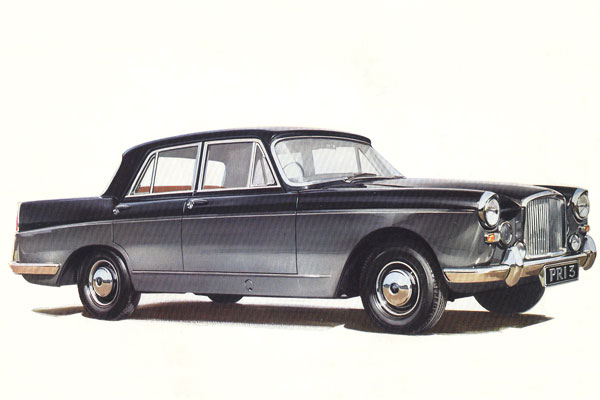
�
More Luxury for the Princess
�
Extra refinement added to mechanical improvements in Mk.II version of the Vanden Plas 3-Litre.
�
�
The specific automobile featured in this article is a "Vanden Plas Princess Mark II" - a longer �
wheelbase, higher horsepower version of the 3-litre Princess. The Mk.II variant was introduced �
in 1961 and built until 1964. BMC summed-up the sales proposition as follows: "One of the most �
mechanically advanced cars on the road today, this supremely elegant saloon has been provided �
with the most dependably engineered features for safety and smooth, untroubled performance." �
The 3-litre Princess featured the same six cylinder engine as the big Austin-Healey 3000 sports �
car. For the Mk.II Princess (1961 model) BMC claimed 120bhp and a top speed of 102mph. �
�
John Crosse's 1961 Vanden Plas Princess Mk.II apparently traveled with a previous owner from�
England into Canada sometime in the late sixties or early seventies. It eventually ended-up �
in California. When John purchased it, the original engine had been blown and was beyond repair, �
but the body was solid and the interior was nearly entirely complete. John had the Princess �
transported to Colorado, where he began contracting out aspects of its transformation into a �
reliable and fun car for Sunday drives and picnics.�
�
�
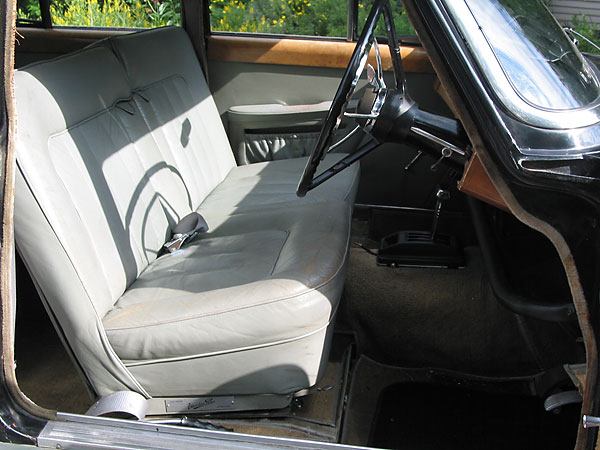
�
How It Was Done
�| Engine: | �1980 Nissan "L28" 2.8L inline six (from a low-mileage California spec. �
280ZX donor car) with Bosch L-Jetronic fuel injection. (Stock fuel map chip, �
cam, etc.) In the 280ZX, this engine was rated 149bhp @ 5,200 rpm and �
144lb ft @ 4,000 rpm, SAE net. The Bosch electronic fuel injection system �
is fairly simple and self contained, but it did require installation of a �
new fuel tank, high volume/pressure pump, return line, etc. | �
| Cooling: | �re-cored stock radiator, plus thermostatically-controlled electric fan. | �
| Exhaust: | �Nissan iron exhaust manifold feeding into a single pipe exhaust system. | �
| Transmission: | �Nissan 3-speed automatic, with floor-mounted gear selector. The Austin �
driveshaft was utilized, but with a new U-joint knuckle to suit the Nissan �
transmission. Note: the Princess originally came with 3-speed manual �
transmission plus overdrive. That transmission was column-shifted, with a �
switch for overdrive. | �
| Rear End: | �stock (3.9:1 final drive ratio and open differential). | �
| Suspension: | �stock (double wishbone front / leaf sprung rear, with knee-action shocks.) | �
| Brakes: | �stock (with single circuit master cylinder, servo-assist, Lockheed single-piston �
front disc brakes, and drum brakes in the rear.) | �
| Wheels: | �stock 14x7 steel wheels with Michelin "X" 195/75 tires. | �
| Weight: | �~3500 pounds (approximately same as stock.) | �
| Instruments: | �stock, plus an aftermarket water temperature gauge mounted under the dashboard. | �
| Body: | �stock and original in appearance (in two-tone paint with lots of chrome). �
Note: although this car was built by Austin, it was marketed as a "Vanden Plas" �
and no Austin badges appear anywhere on the car. Pininfarina designed the body, �
and BMC used versions of it for several models of "badge engineered" cars. | �
| Interior: | �stock and original in appearance (with leather upholstery, wool carpet, and�
burled walnut wood veneer trim). BMC/Britax three-point seat belts were apparently �
added in the late sixties or early seventies. The original under-dash parcel �
shelf and the new floor-mounted gear selector currently have an interference �
issue, but one or the other could be easily modified. | �
| Completed: | �2005. (Driven approximately 1500 miles since conversion, as of June 2008.) | �
| Performance: | �reliable, practical, and fun to drive! | �
| Comments : | �a Vanden Plas "Princess" is a very unusual car to find in North America, although �
these cars are well supported by an active owner's club in the U.K. (Note: only 3344 �
Vanden Plas Princesses were made, from 1957 through 1968.) This particular example �
was apparently imported into Canada, and then spent some years in California. With �
the Nissan engine, this is now a "sensible" car. It's mechanically sound and �
presentable. An overdrive and air conditioning would be welcome additions for �
long-distance touring. It's sufficiently strong to pull a trailer. As such, it �
would be perfect for transporting a V8-powered British sports car or a �
race car; your tow car might get as much attention as your "baby"! | �
�
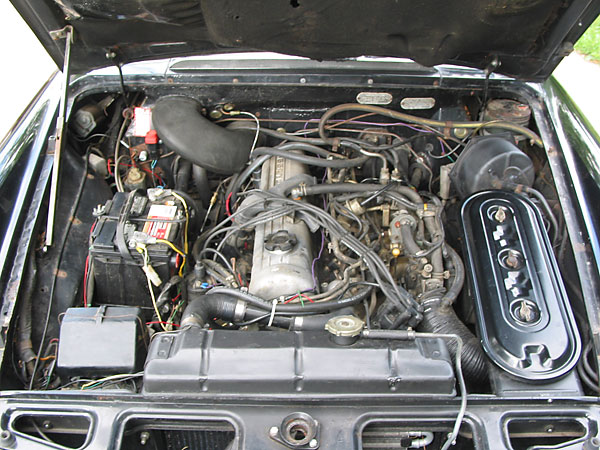
�
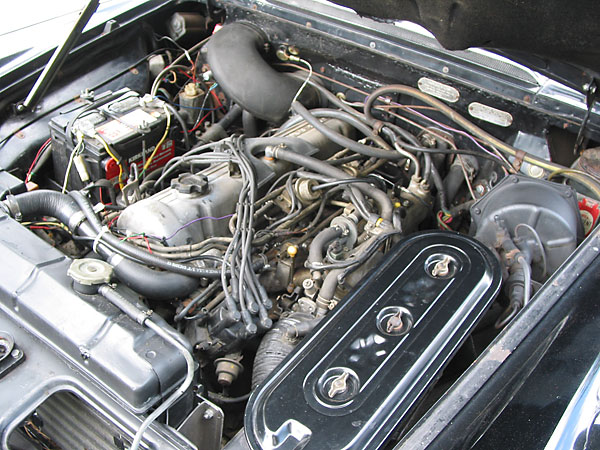
�
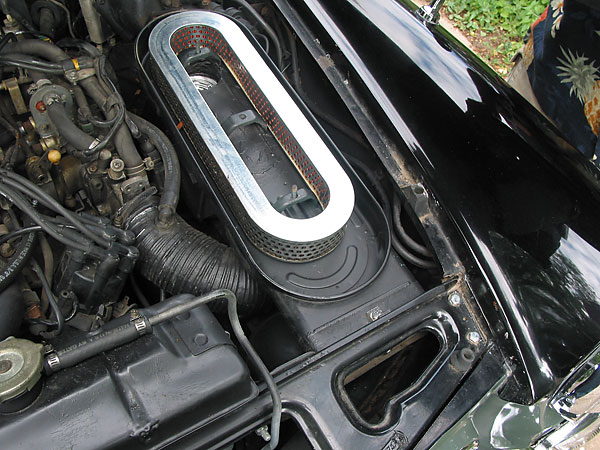
�
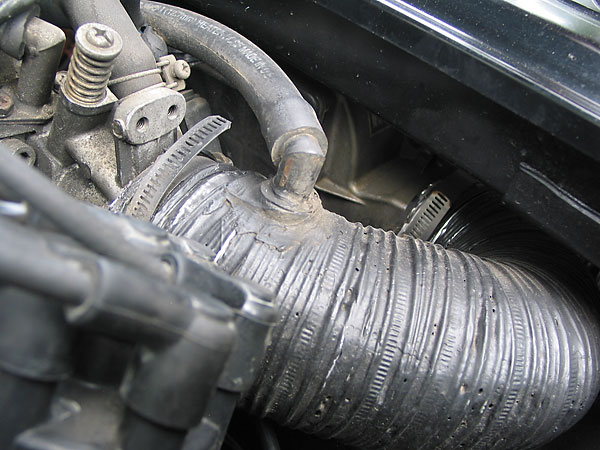
�
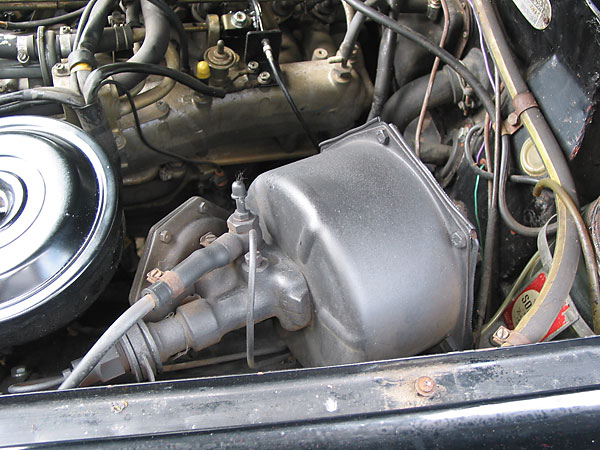
�
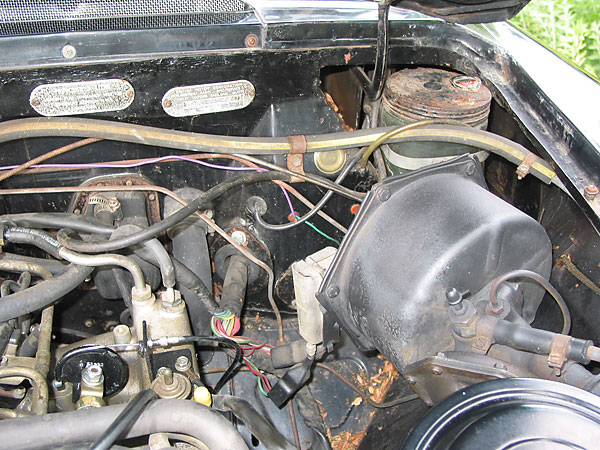
�
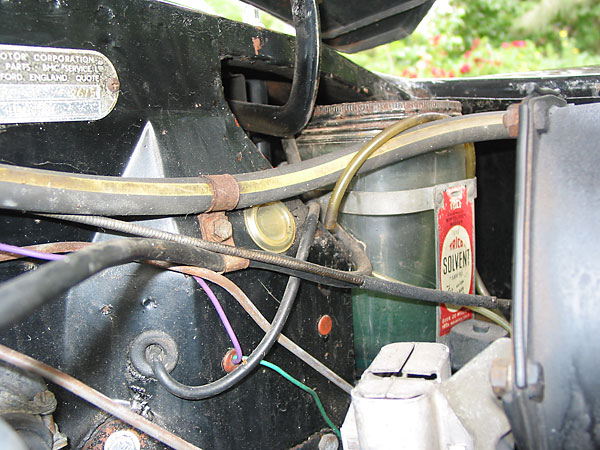
�
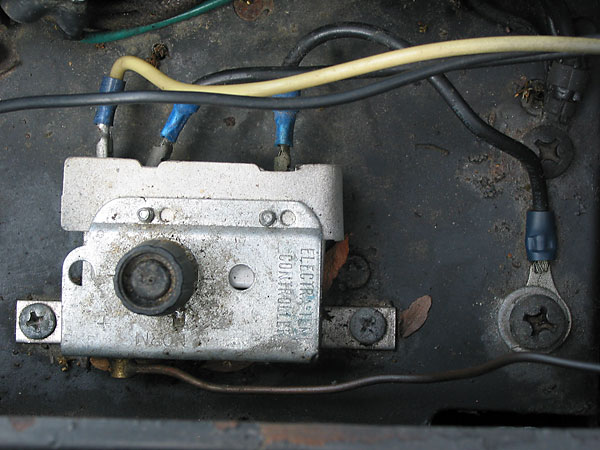
�
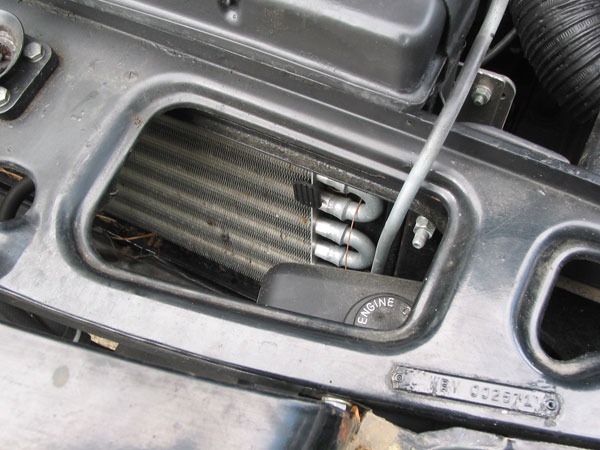
�
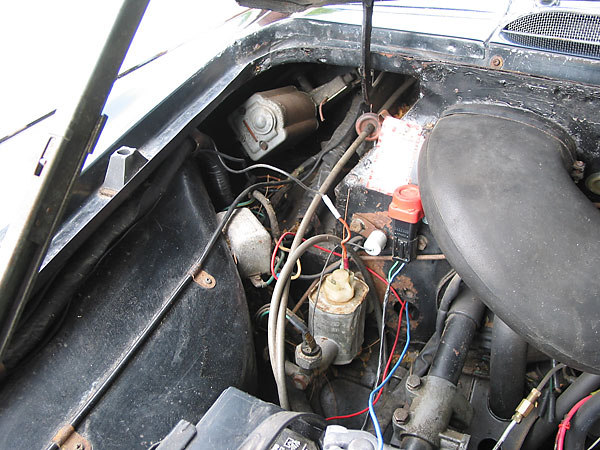
�
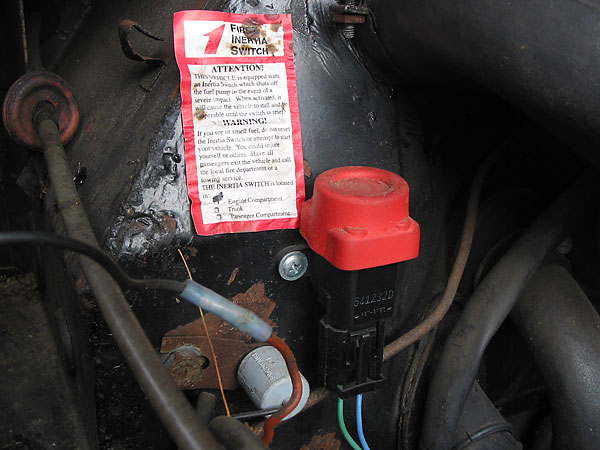
�
�
Enjoying this article? Our magazine is funded through the generous support of readers like you!
�
To contribute to our operating budget, please click here and follow the instructions.
�
(Suggested contribution is twenty bucks per year. Feel free to give more!)�
�
�
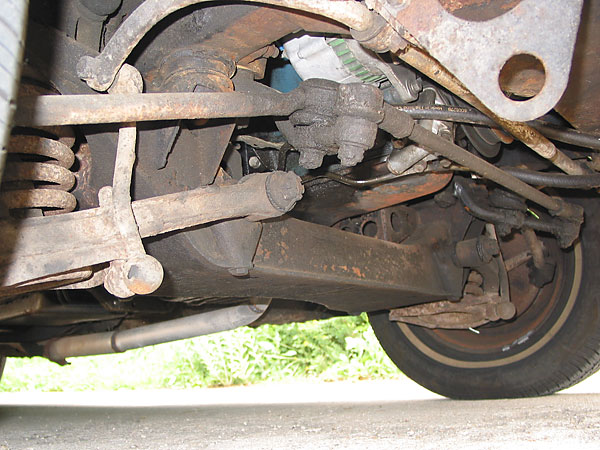
�
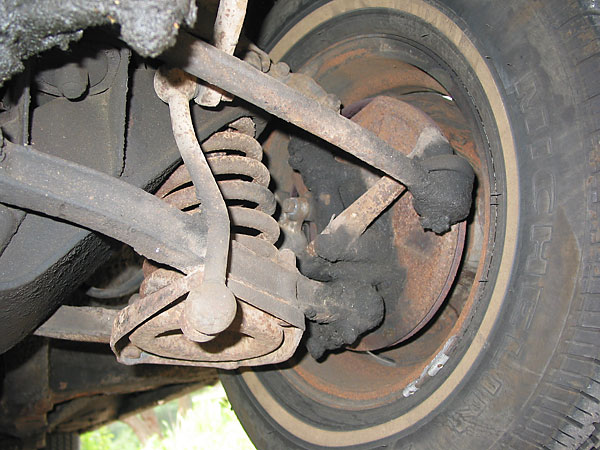
�
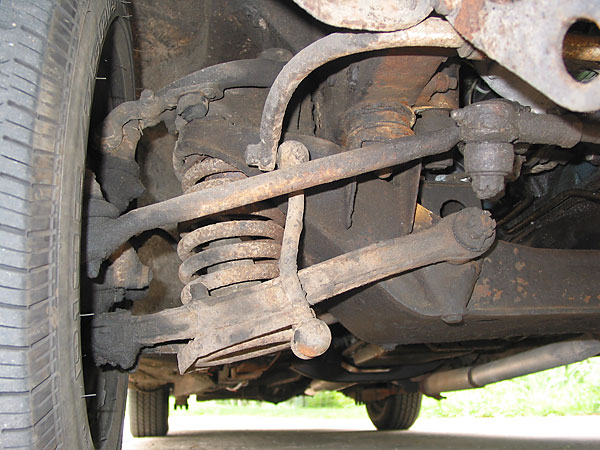
�
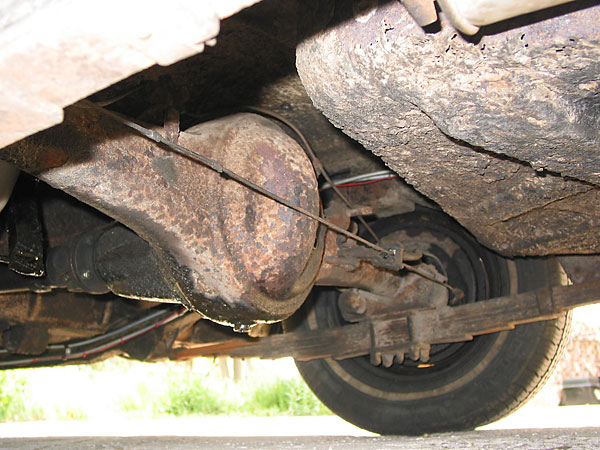
�
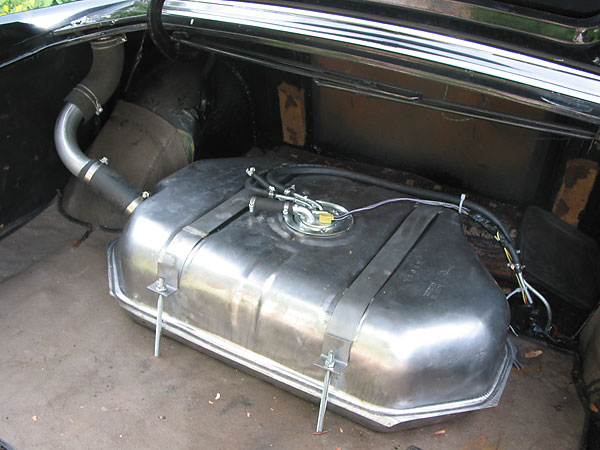
�
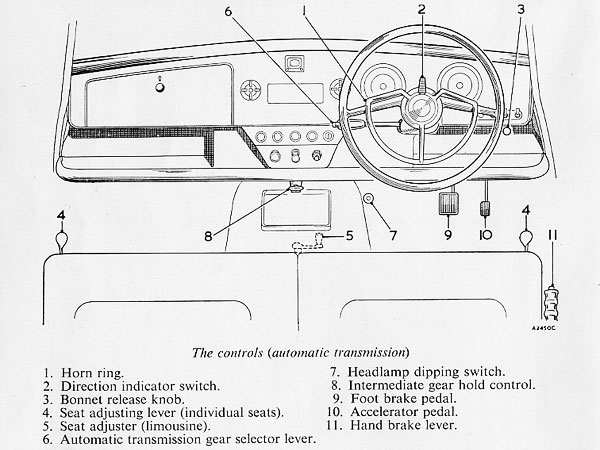
�
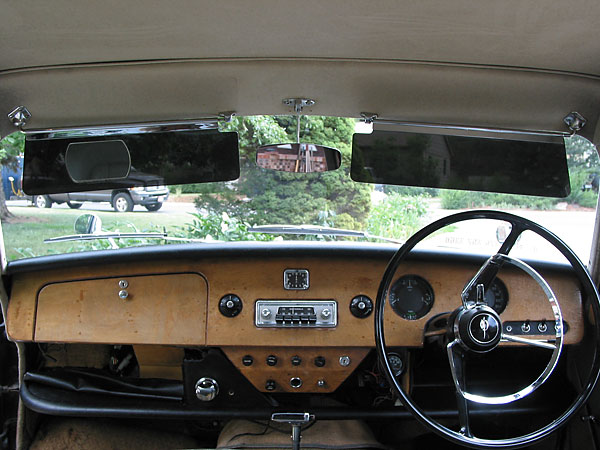
�
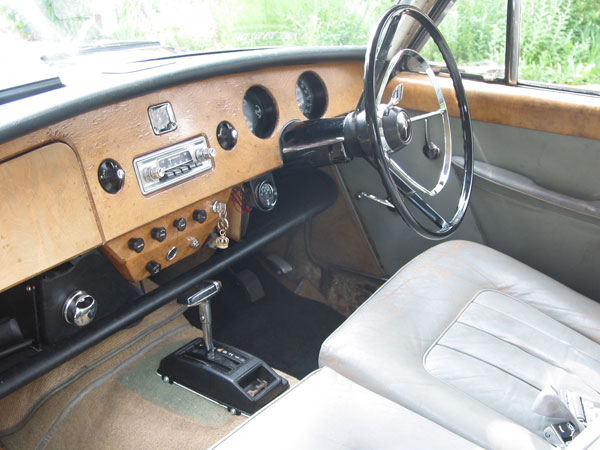
�
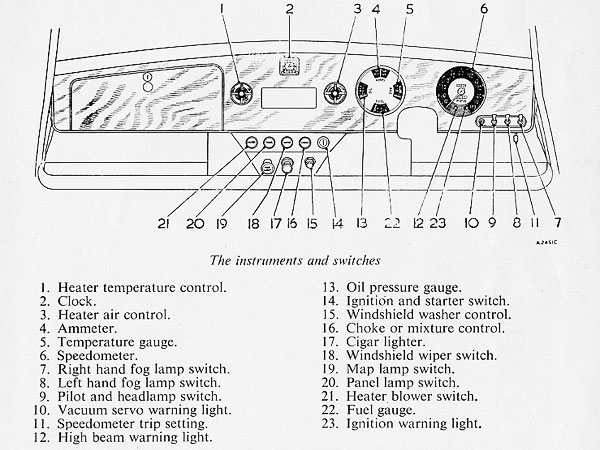
�
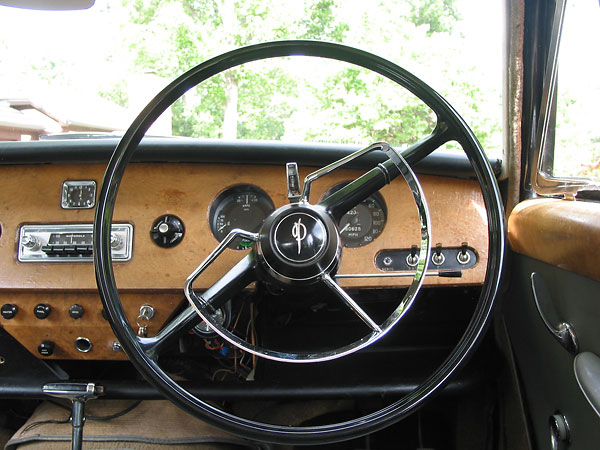
�
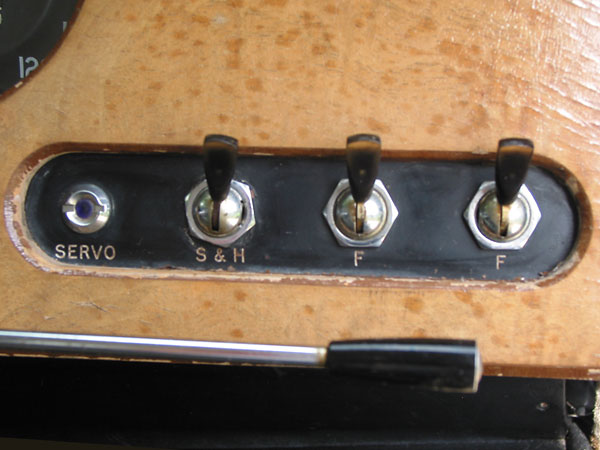
�
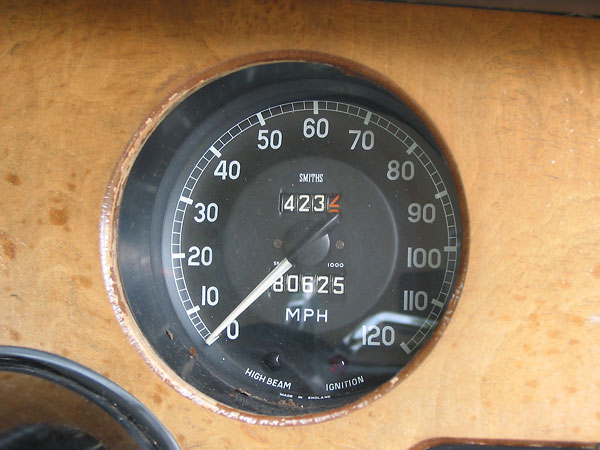
�
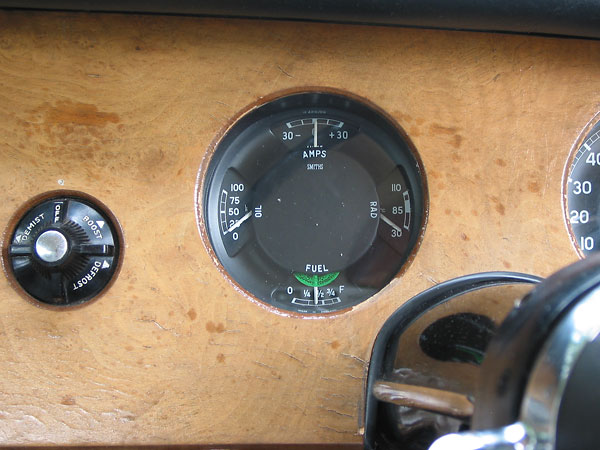
�
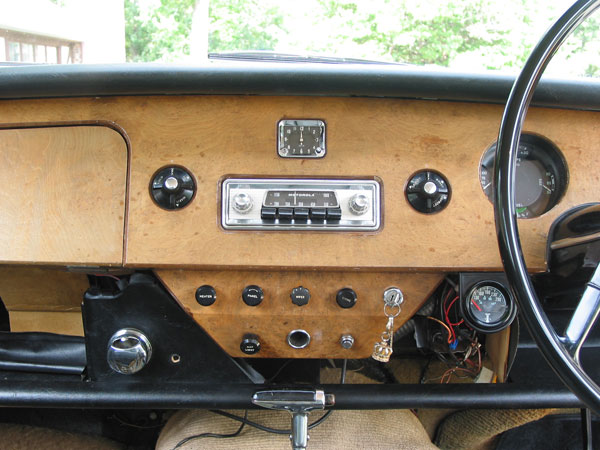
�
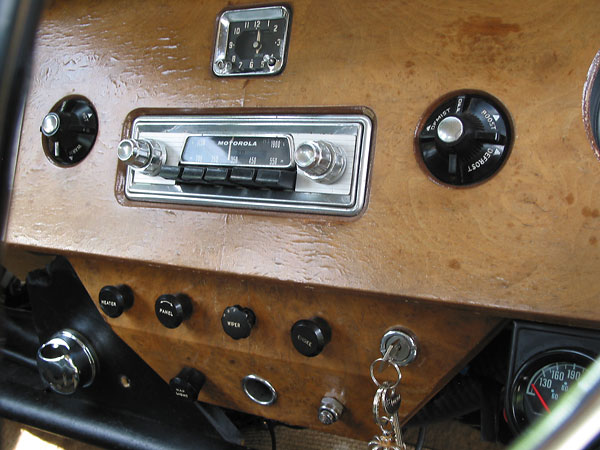
�
�
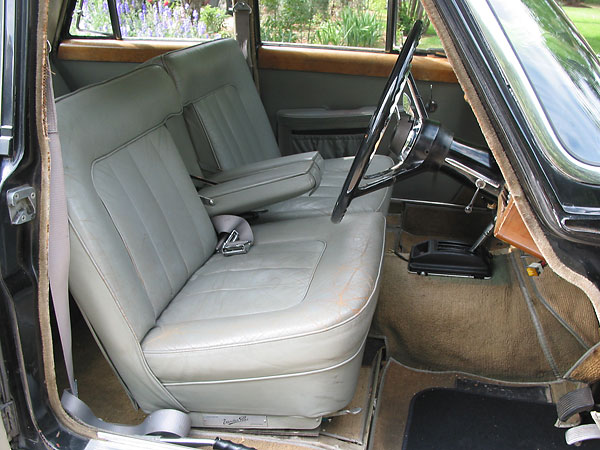
�
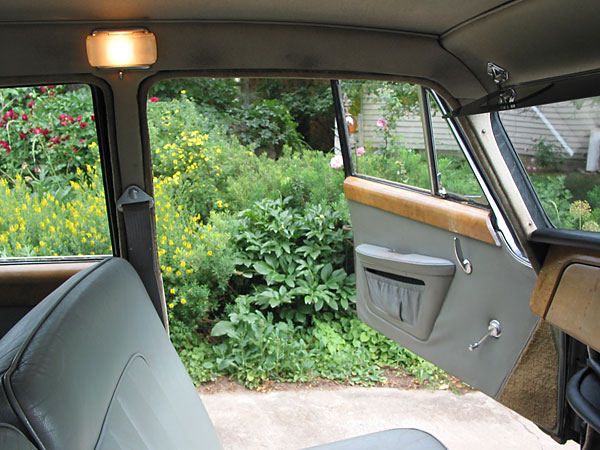
�
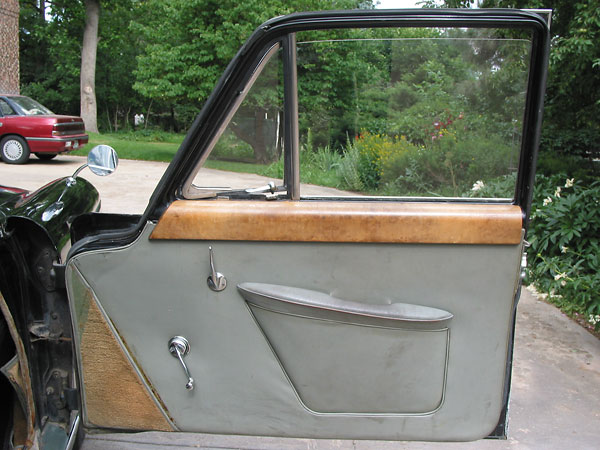
�
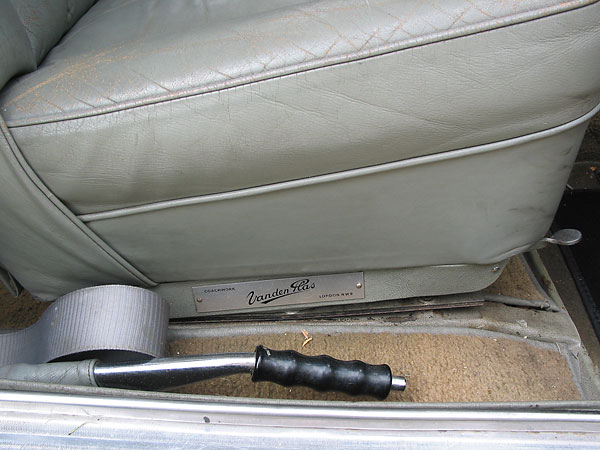
�
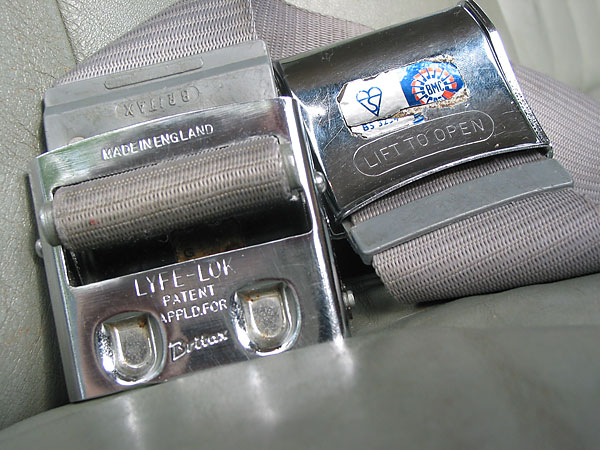
�
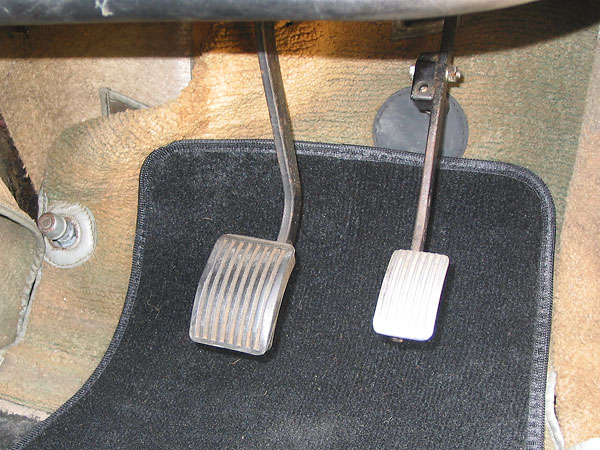
�
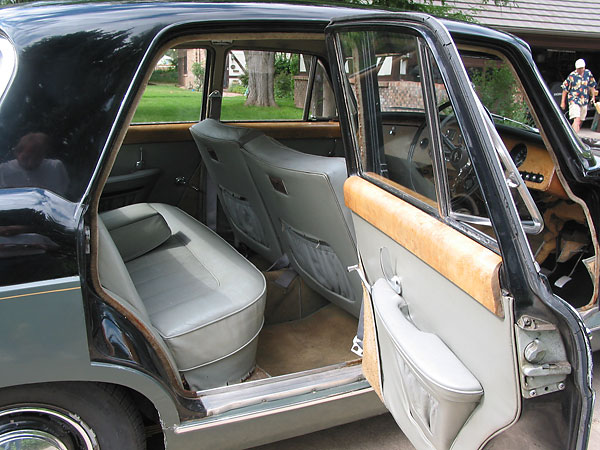
�
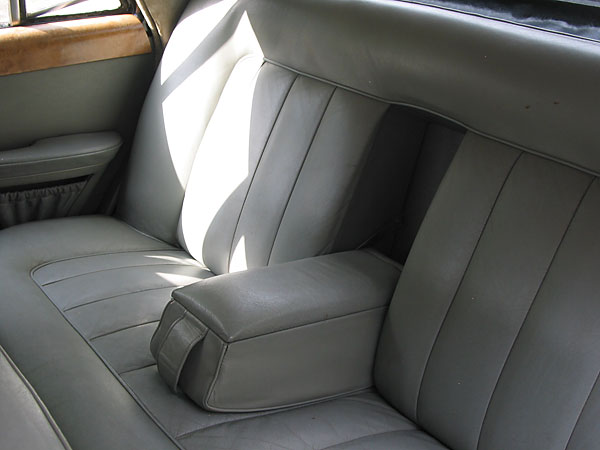
�
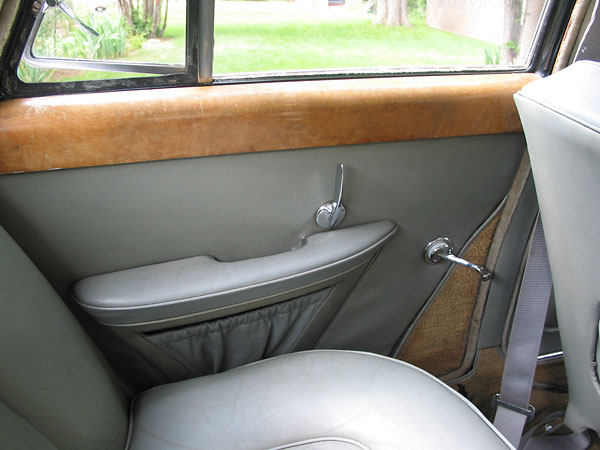
�
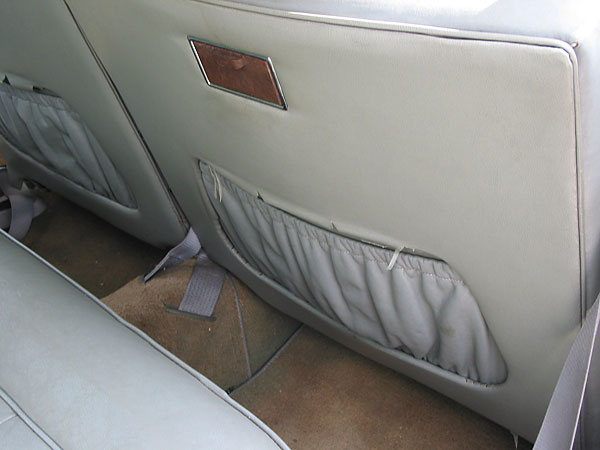
�
�
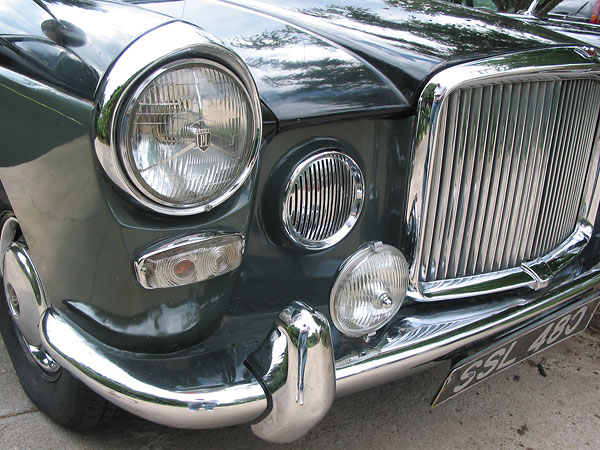
�
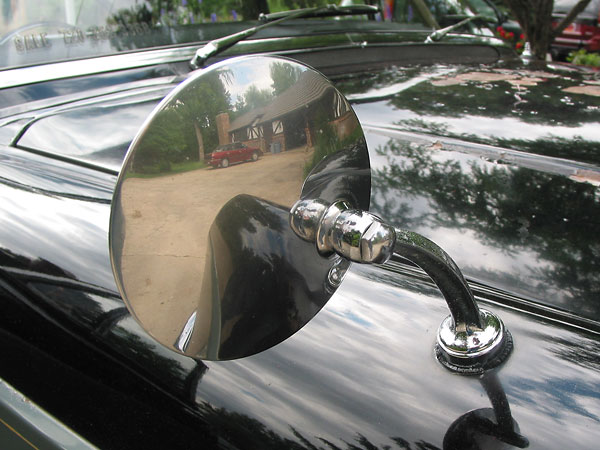
�
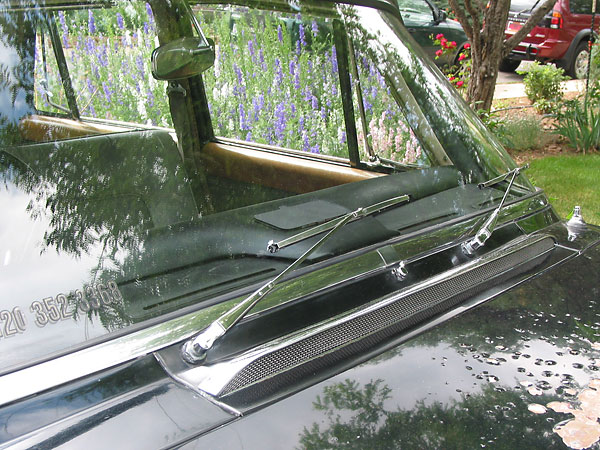
�
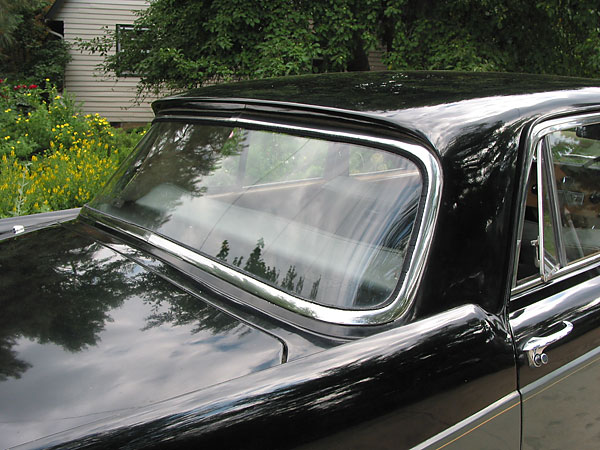
�
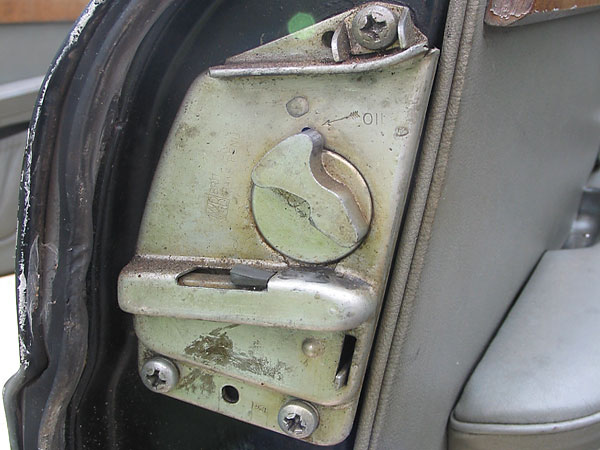
�
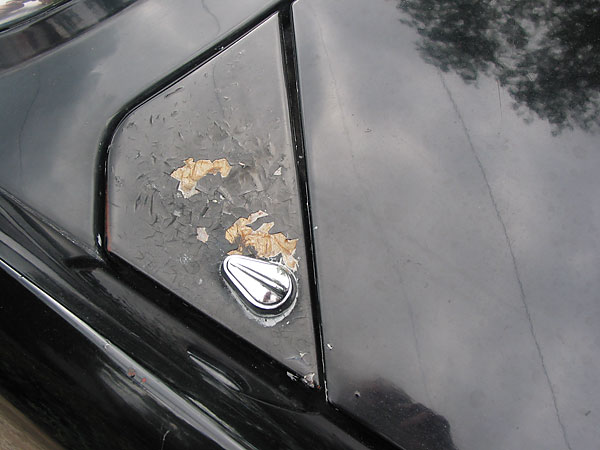
�
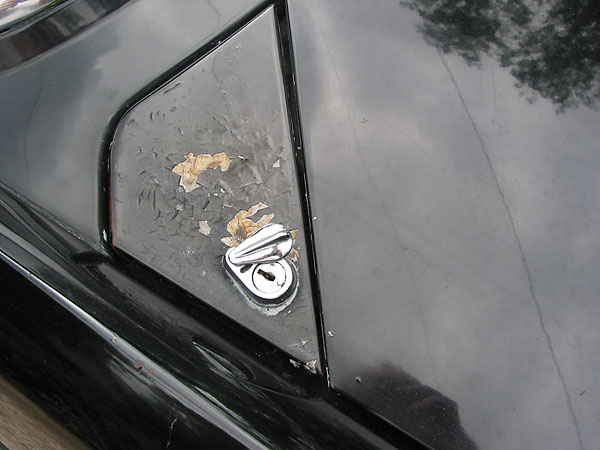
�
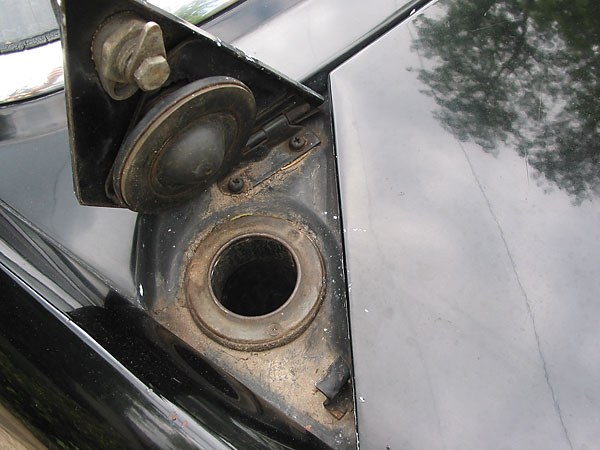
�
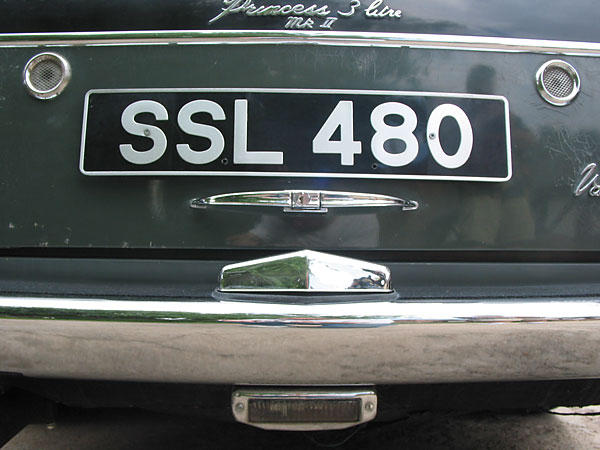
�
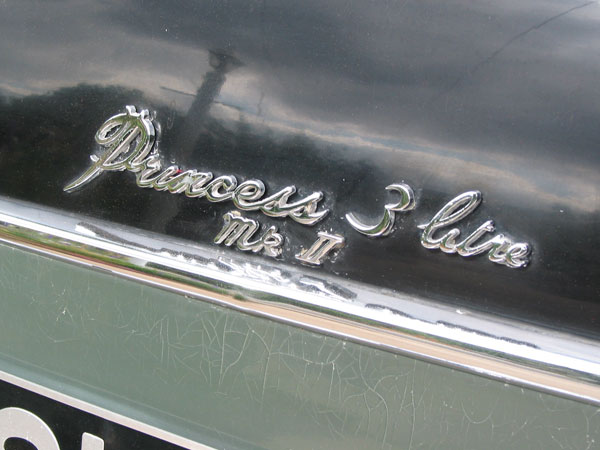
�
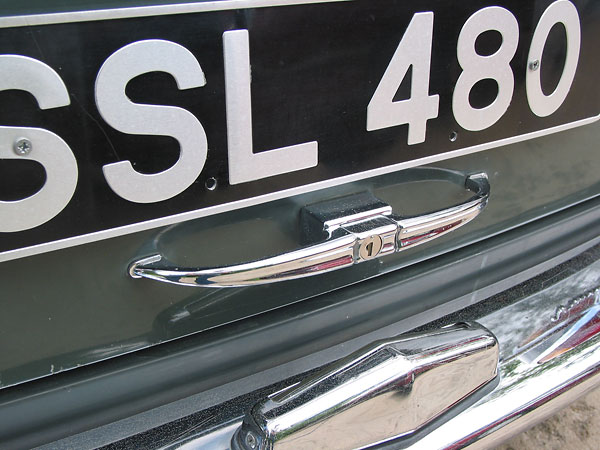
�
�
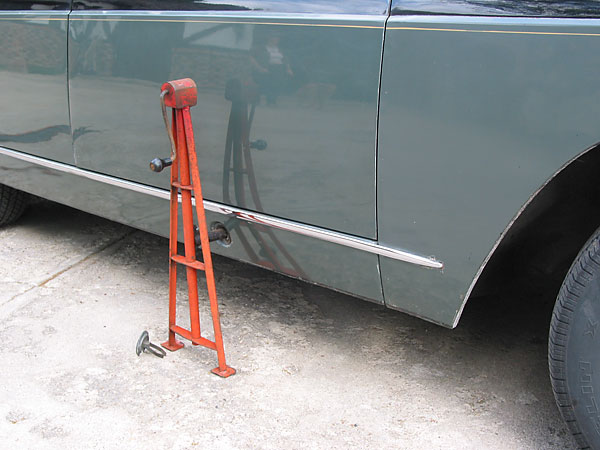
�
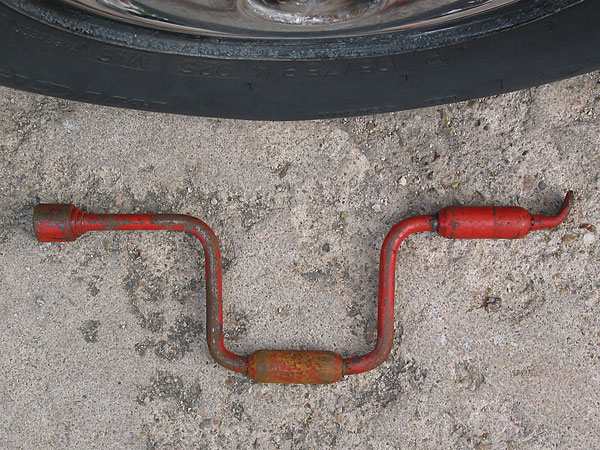
�
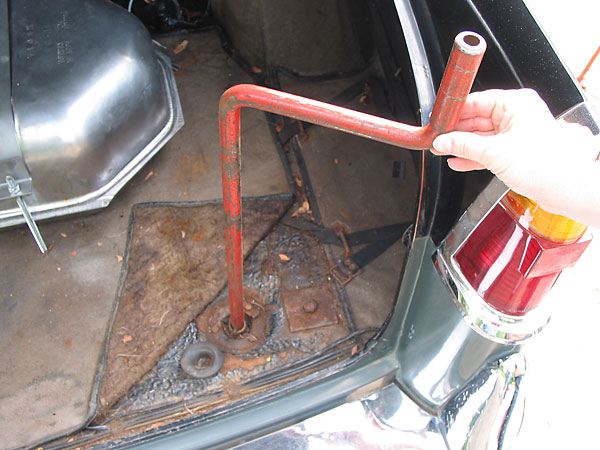
�
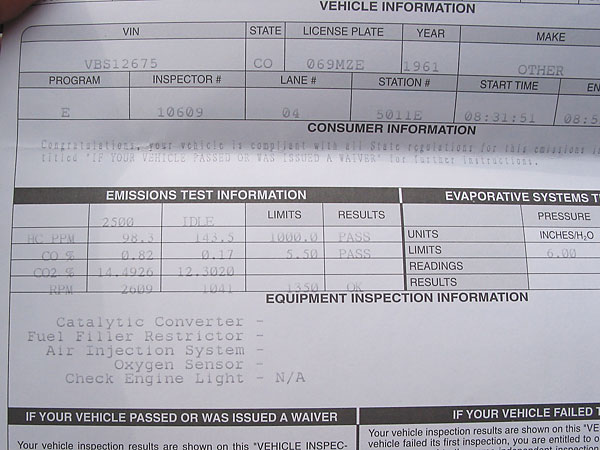
�
�
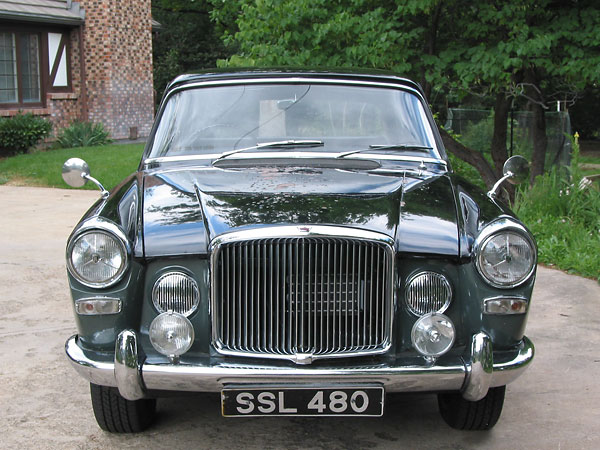
�
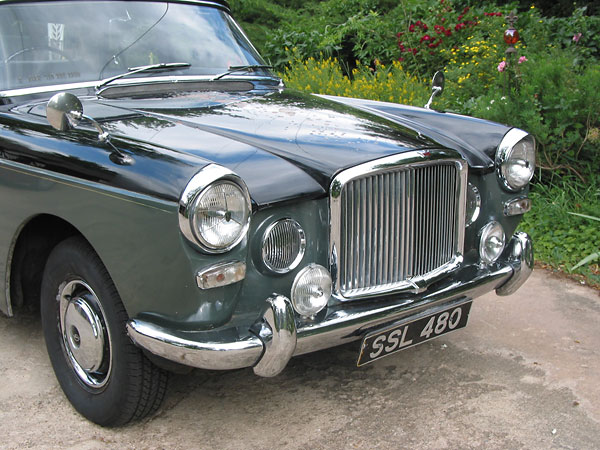
�
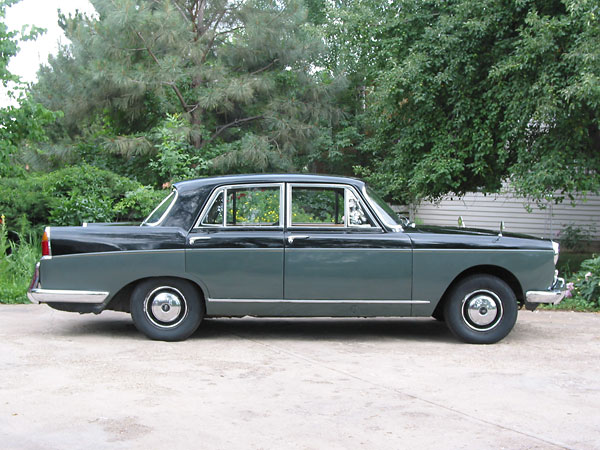
�
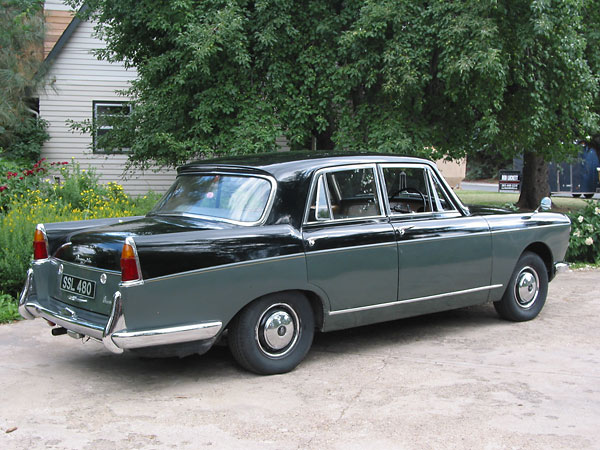
�
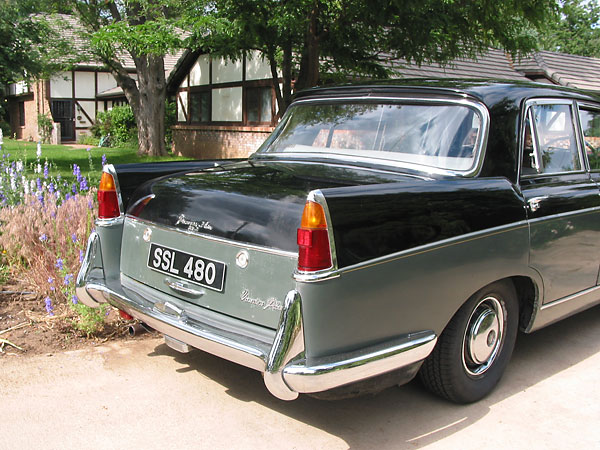
�
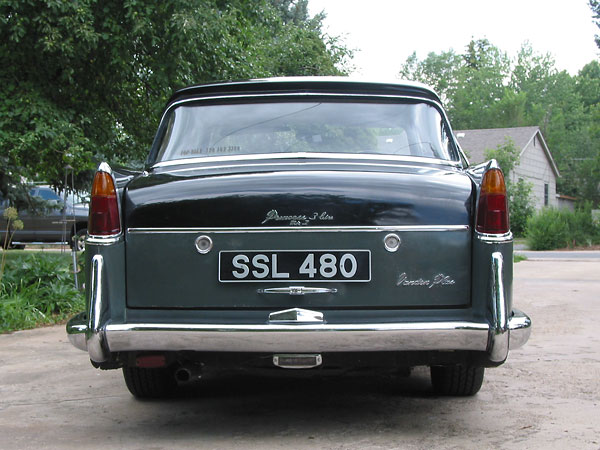
�
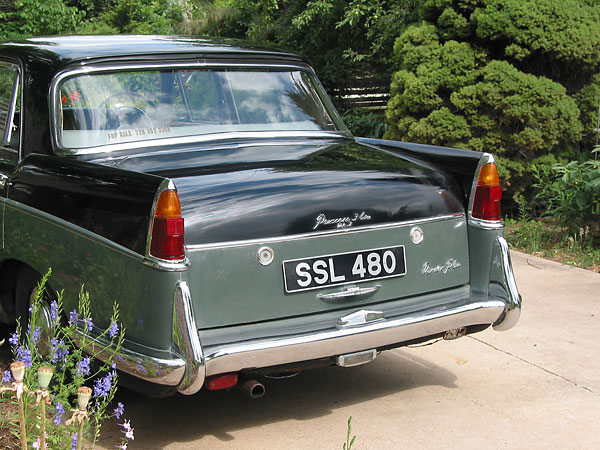
�
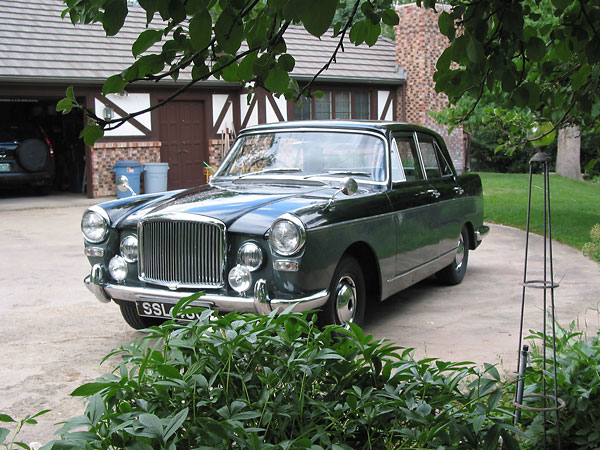
�
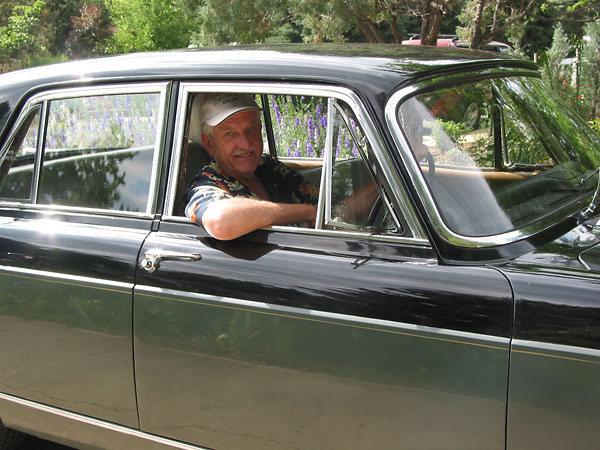
�

